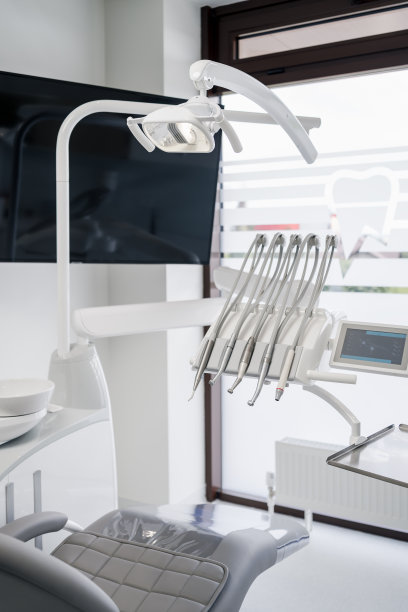The Essential Guide to Extracting a Tooth Care Tips and Aftercare for a Smooth Recovery Process
Summary: Tooth extraction can be a daunting experience for many, but understanding the necessary care tips and aftercare steps can ease anxiety and promote a smoother recovery. This essential guide outlines vital pre-extraction considerations, post-extraction care strategies, dietary recommendations, and common recovery challenges. By following these guidelines, individuals can ensure a more comfortable healing process, minimizing complications while maximizing oral health post-extraction. With the right knowledge and preparation, the journey to recovery can be straightforward and efficient.
1. Pre-Extraction Considerations for Patients

Before undergoing a tooth extraction, it’s crucial for patients to understand the importance of proper preparation. First, they should schedule a consultation with their dentist to discuss the extraction procedure, including potential risks and complications. This meeting allows patients to ask questions and express any concerns they might have, which can alleviate anxiety.
Secondly, patients should inform their dentist of any existing medical conditions, allergies, or medications they are currently taking. Certain medications, particularly blood thinners, can increase the risk of complications during and after the extraction. Full disclosure of medical history can help the dentist tailor the procedure safely.
Lastly, it’s beneficial to plan for post-extraction care by arranging transportation home. Many individuals receive sedation during the procedure, which can impair their ability to drive. Having a friend or family member available to assist can ensure a safer transition back home.
2. Essential Post-Extraction Care Steps
Following a tooth extraction, effective aftercare is essential for promoting healing. One of the first steps is to bite down gently on a gauze pad for about 30 minutes after the procedure. This helps control bleeding, allowing a blood clot to form in the extraction site. If bleeding continues, patients should replace the gauze as necessary.
Ice packs can be useful during the first 24 hours following the extraction to reduce swelling and discomfort. Applying ice to the outside of the face for 15 minutes at a time can effectively numb the area and help manage inflammation.
Maintaining good oral hygiene is crucial, but it’s important to avoid the extraction site. Patients should gently rinse their mouths with warm salt water beginning 24 hours after extraction to keep the area clean and promote healing. This can help prevent infection and enhance comfort in the days to come.
3. Dietary Recommendations for Recovery
Diet plays a vital role in recovery after a tooth extraction. Initially, patients should stick to soft foods like applesauce, yogurt, and mashed potatoes. These options are easy to consume without disturbing the extraction site, allowing for adequate nutrition while minimizing irritation.
Avoiding hot, spicy, and acidic foods is also essential during the recovery phase. These types of foods can irritate the wound and inhibit the healing process. Additionally, patients should stay hydrated, opting for cool or lukewarm liquids in the beginning.
As healing progresses, patients can gradually reintroduce harder foods, but they should be cautious and avoid chewing directly on the extraction site until the dentist provides the all-clear. Following these dietary recommendations can ensure a smoother and faster recovery period.
4. Managing Common Recovery Challenges
Despite following care tips, patients may still encounter challenges during their recovery from tooth extraction. Pain and swelling are common, and over-the-counter pain medications such as ibuprofen can help alleviate discomfort. However, patients should consult their dentist if pain persists or worsens beyond the expected timeframe.
Another potential issue is dry socket, a condition that can occur if the blood clot dislodges from the extraction site. Signs of dry socket include severe pain and a noticeable foul smell. If patients suspect they have this condition, they should seek immediate dental attention.
Lastly, making lifestyle adjustments such as avoiding smoking and limiting strenuous exercise for a few days can significantly impact recovery success. These activities can increase the risk of complications and delay healing, so patience and care are key during this time.
Summary:
In conclusion, preparing for a tooth extraction with a focus on proper care and aftercare is paramount to ensure a smooth recovery. From pre-extraction consultations to maintaining dietary considerations and managing potential challenges, each step is significant in promoting healing and comfort.
Take charge of your dental health and enjoy a smooth recovery process after your tooth extraction!
This article is compiled by Vickong Dental and the content is for reference only.


